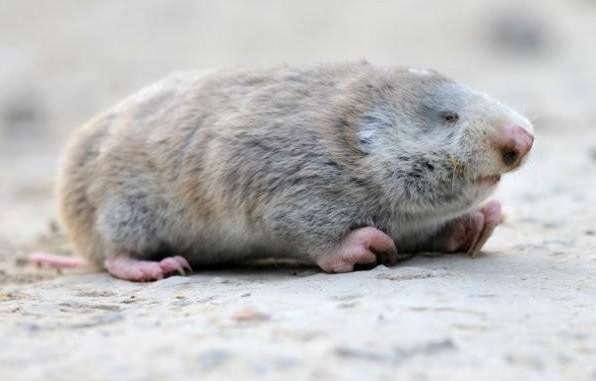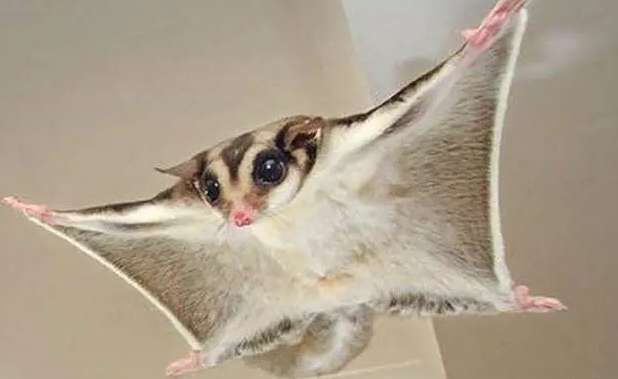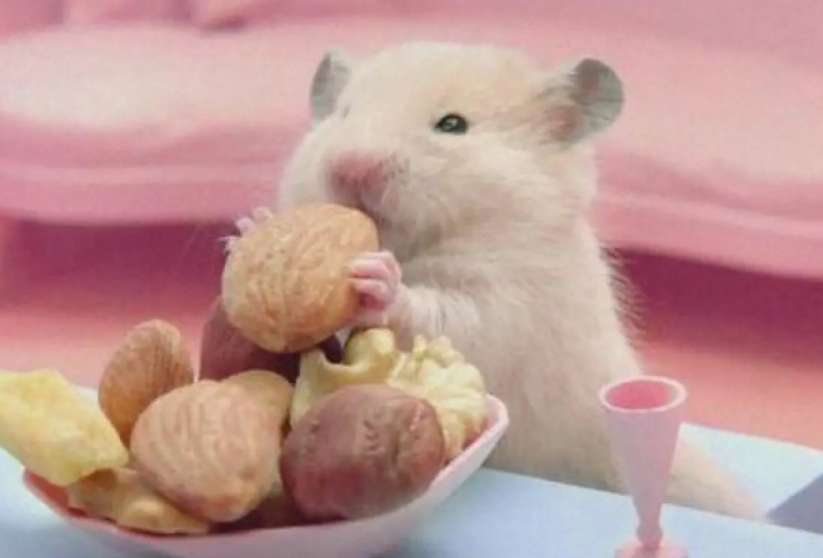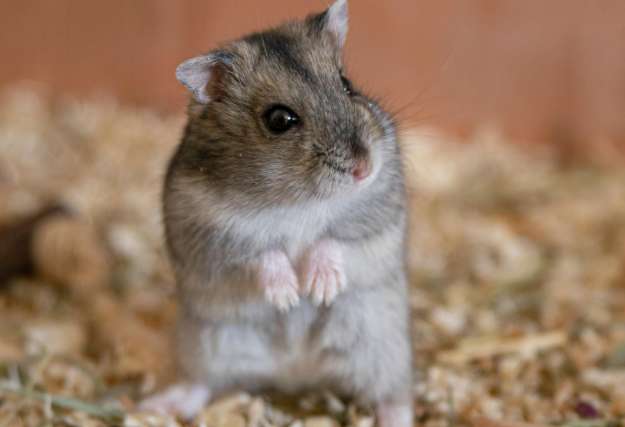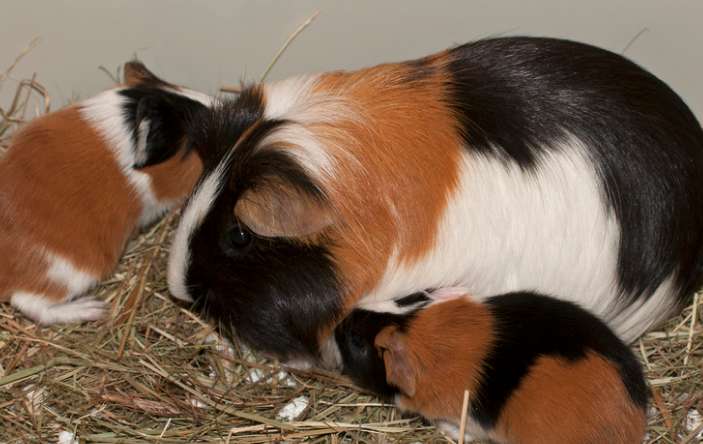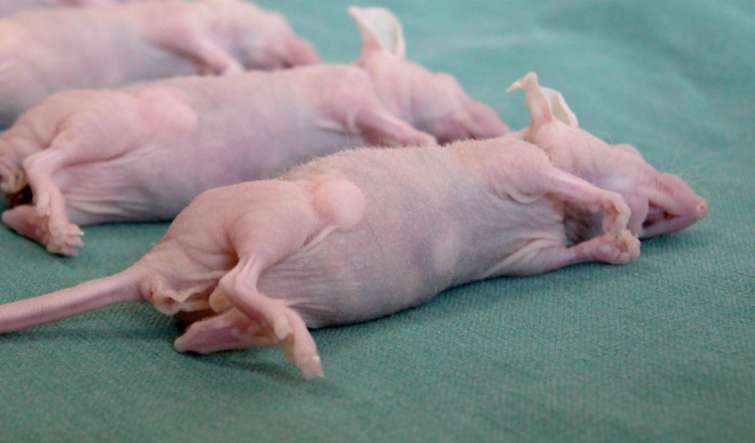In the squirrel family, in addition to the squirrel lineage, there is also a side branch. They can slide and jump. They are the flying squirrel family, also known as flying squirrels. It is distributed in tropical and temperate forests of Eurasia and the Americas.
In the flying squirrel family, some rats can be raised artificially. Today, the editor will introduce to you a kind of Chinese "specialty" flying squirrel that can be cultured - the gray flying squirrel, and give you some tips for selecting it.

1. Understand Basic information
1. Chinese name: gray flying squirrel
2. Reproduction method: viviparous
3. Habits: living alone or in two households , nocturnal
4. Food habit: omnivorous, mainly plant fruits, young tree buds, leaves, bark and insects
5. Pregnancy period: 70~90 days
6. Breeding methods: box culture, cage culture, room culture and kiln culture
PS: Only by understanding the basic information of gray flying squirrels can you avoid being sold by unscrupulous merchants when selecting. pit.
2. Look at the appearance characteristics
Size: The gray flying squirrel is a large flying squirrel, with a weight of 730~1200g, a body length of 350~430mm, and a tail length of 330mm. ~345mm, hind foot length (without claws) 65~68mm, ear length 43~50mm, skull length 65.5~69.3mm, base length 55~61.7mm, cheek width 41.9~47.3mm, palate length 33.2~37.6mm, breast The width of the process is 33.3~39mm, and the length of the upper cheek dentition is 15.2~18mm.
Selection Tips: When selecting, you must strictly refer to these numerical ranges.
Coat color: The snout, cheeks and forehead of the gray flying squirrel are gray, with occasional light yellow tinges, especially the cheeks, mixed with a small amount of black and white hair; the back is black and gray , the upper section is light yellow and the tip is black, so the back is grayish brown from the back of the occiput to the base of the tail; the eye rims are light brown; the inner side of the ears are brown and black, the outer sides are orange yellow, and the ear tips are chestnut black hair bundles; the chin and throat on the ventral surface are white , the rest are gray-white, and the tips of the hair are slightly yellowish; the upper and lower parts of the tail are similar to the color of the fur on the back of the body, but the tail end is black; the back of the front feet is brown, mixed with white hairs, and the back of the hind feet is dark brown orTaupe.
Selection Tips: In addition to looking at the color, you should also look at the health of the hair. The hair of a healthy gray flying squirrel should be neat and shiny; the coat of an unhealthy gray flying squirrel should be dull and sometimes accompanied by abnormal hair loss.
Skull: The skull of the gray flying squirrel is thick, and the snout is blunt and short; the nasal bone is wide in front and narrow in back, with a small notch at the rear end, and is at the same level as the dorsal branch of the premaxilla; interorbital There is a deep depression at the base, and the supraorbital process reaches a triangular shape; the back of the palatine bone is semicircular, and there is no spinous process in the center.
Selection Tips: Because there are many types of flying squirrels in the family, and most of them look very similar, you must strictly follow the above skull standards when purchasing.
Mouth teeth: The gray flying squirrel's front incisors have no grooves. The first upper premolar is significantly smaller and is close to the inner edge of the large second upper premolar. The remaining cheek teeth are all in the posterior inner corner, with a deep concave fold, and the crown surface gradually becomes smaller from the 1st upper molar to the 3rd upper molar.
Selection Tips: Check whether the front teeth are normal and there should be no teeth that are too protruding or irregular.
Okay, the above is the editor’s sharing, everyone must grasp it firmly! Finally, a friendly reminder: Gray flying squirrels will suddenly glide when frightened. You should pay attention to this when choosing, and you must not scare it~
